
 English
English  Español
Español Português
Português русский
русский Français
Français 日本語
日本語 Deutsch
Deutsch tiếng Việt
tiếng Việt Italiano
Italiano Nederlands
Nederlands ภาษาไทย
ภาษาไทย Polski
Polski 한국어
한국어 Svenska
Svenska magyar
magyar Malay
Malay বাংলা ভাষার
বাংলা ভাষার Dansk
Dansk Suomi
Suomi हिन्दी
हिन्दी Pilipino
Pilipino Türkçe
Türkçe Gaeilge
Gaeilge العربية
العربية Indonesia
Indonesia Norsk
Norsk تمل
تمل český
český ελληνικά
ελληνικά український
український Javanese
Javanese فارسی
فارسی தமிழ்
தமிழ் తెలుగు
తెలుగు नेपाली
नेपाली Burmese
Burmese български
български ລາວ
ລາວ Latine
Latine Қазақша
Қазақша Euskal
Euskal Azərbaycan
Azərbaycan Slovenský jazyk
Slovenský jazyk Македонски
Македонски Lietuvos
Lietuvos Eesti Keel
Eesti Keel Română
Română Slovenski
Slovenski मराठी
मराठी Srpski језик
Srpski језик
How To Balance Motorcycle Tires
2021-03-19
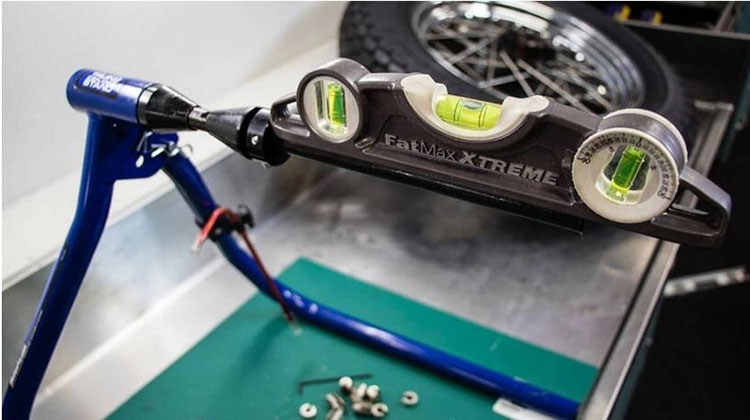
Step 2: Remove one of the cones from the balancer's shaft before sliding the shaft through the axle sleeve on the wheel. Then slide the cone back onto the shaft (narrow end first) and firmly tighten the set screw to lock it in place. It is important to make sure that both cones are fitting inside the axle sleeve, if not the wheel will not be centered on the shaft which can effect the balance.

Step 3: Thoroughly wipe down the rim with a good degreaser. This is important for two reasons: first you don't want any globs of grease throwing off your balance and secondly if you are using adhesive wheel weights you want to make sure that they stick on well. Also, if there are any remaining weights from
previous balancing, make sure to remove them.
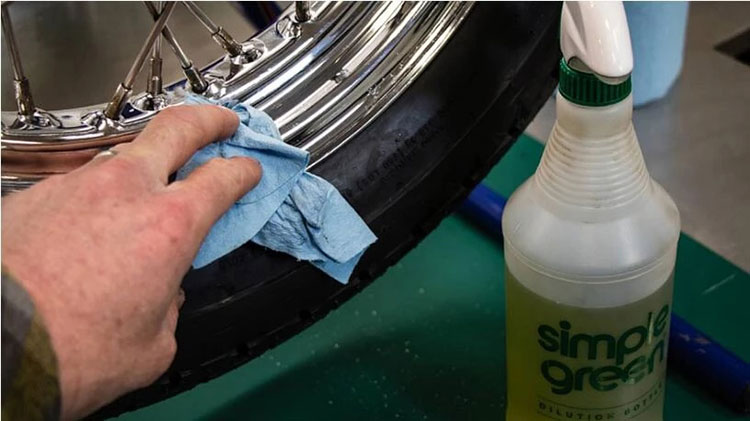
Step 4: Gently spin the tire and let it come to a stop on its own. Gravity will cause the tire to stop spinning with the heaviest portion at the lowest point. Take a piece of masking tape and mark this point on the rim. Simple Green is an excellent way to clean off any dirt, grime or grease from your wheel.
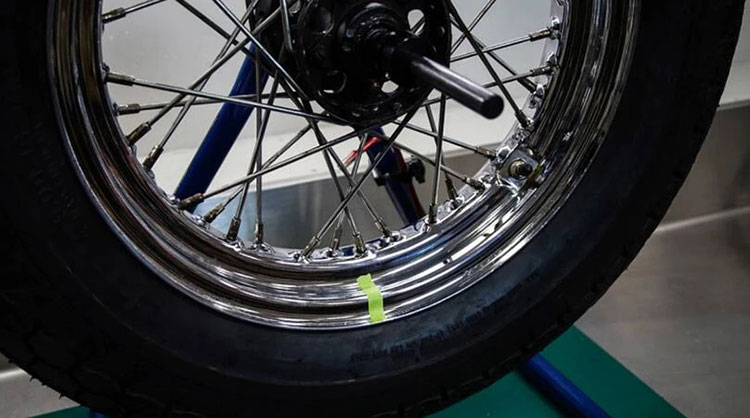
If the heaviest portion of the wheel is at the lowest point, then it stands to reason that the lightest portion of the wheel is at the highest point. Therefore you will be adding weights to the top of the wheel, directly across from the heaviest portion. Adding a piece of tape makes it easy to remember the location of the heaviest point on the wheel. If you are using a non-spoked rim, your best option for weights is the adhesive backed variety that just stick to the rim. These are cheap and easy to use and allow to you spread the weight out on either side of the rim. If you are using a spoked rim, you also have the option of spoke weights with crimp to the spokes or are held to the spoke with a set screw. These tend to be more expensive than the adhesive backed weights, but they do have the advantage of being reusable and less likely to come off.
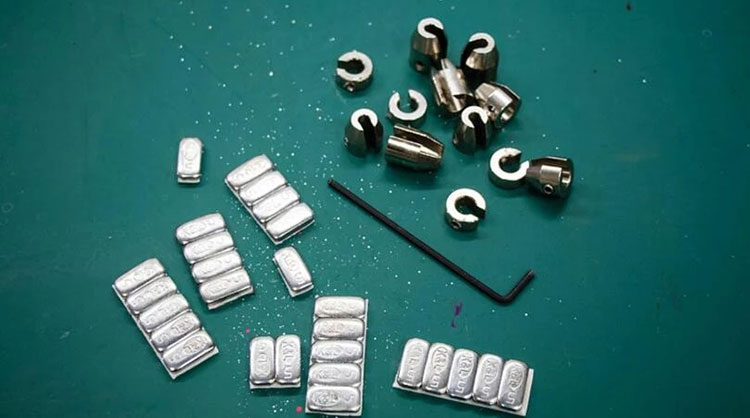

Step 6: Rotate the tire until the lightest portion and the heaviest portion are located equal distance from the work surface and gently release the wheel. Again the wheel will naturally rotate to a position where the heaviest portion is at the lowest point. Typically this will be the same point that you determined was the heaviest portion of the wheel initially, which means you need to add more weight to the lightest portion. Alternatively if the portion you just added weight too is now at the lowest point, then you added too much weight and need to remove some. Using double-stick tape or masking tape to temporarily hold the weights in place during this process.
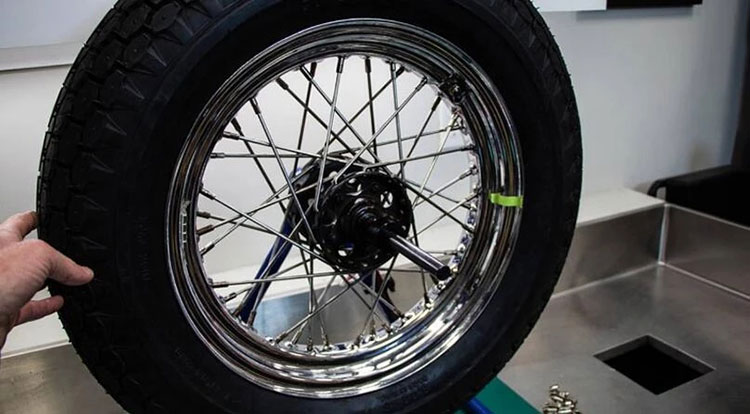
One thing to keep in mind is that it is pretty tough to get your wheels perfectly balanced since wheel weights come in fixed sizes that may not add up to the weight you need. Of course you could file the weights down to achieve the exact weight, but I don't think you'll notice much difference on the road to make it worthwhile unless you plan on running at high speeds in a race type scenario. At that is left now is to remount the wheel as per the manufacturer's instructions and go out for a test ride.






